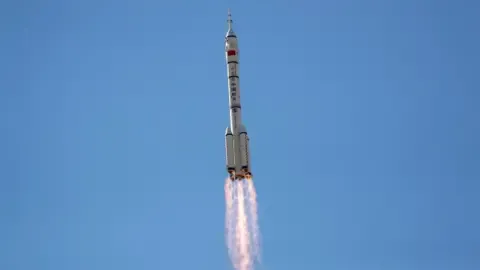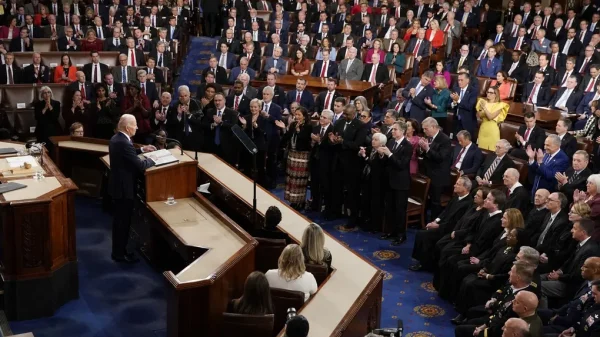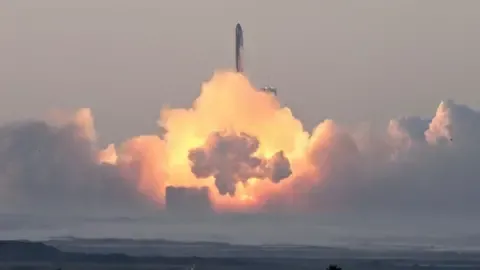China is preparing to launch the next crew to its orbiting space station, the Tiangong space station, early on Wednesday. The Shenzhou-19 mission will mark the latest effort by the country to solidify its position as a major space power. The crew of three includes two men and one woman who will replace the astronauts who have been living on the space station for the last six months. The new mission commander, Cai Xuzhe, has previously flown on the Shenzhou-14 mission in 2022, while the other two, Song Lingdong and Wang Haoze, are first-time space travelers born in the 1990s.
Song Lingdong, an air force pilot, and Wang Haoze, an engineer with the China Aerospace Science and Technology Corporation, will be joining Cai Xuzhe on the mission. Wang will be the third Chinese woman to travel to space, and she will be working as the crew’s payload specialist. The three astronauts appeared at a brief news conference on Tuesday, declaring their intentions to carry out their scientific projects on the space station and bring pride to their country.
The Shenzhou-19 spaceship, carrying the trio, is scheduled to launch from the Jiuquan Satellite Launch Centre in northwest China atop a Long March-2F rocket. The launch time is set for 4:27 am, according to the space agency’s spokesperson, Lin Xiqiang. China built its own space station after being excluded from the International Space Station, largely due to concerns over the program’s control by the People’s Liberation Army.

China Readies for Next Crewed Mission to Orbiting Space Station (Image via Getty)
China’s space program has been gaining momentum in recent years, with notable achievements including landing an explorer on Mars and planning to put a person on the moon before 2030. The country aims to build a research station on the moon, a move that would make it the second nation to do so after the United States. The moon program is part of a growing rivalry with the US, Japan, and India, as well as others in the space exploration field.
During the upcoming mission, the space station will receive resupplies from an uncrewed craft, aiding the astronauts in performing space walks and replacing and installing equipment to protect the Tiangong space station from space debris, some of which was created by China. According to NASA, large pieces of debris have been created by satellite explosions and collisions, while China’s firing of a rocket to destroy a redundant weather satellite in 2007 and the accidental collision of American and Russian communications satellites in 2009 greatly increased the amount of large debris in orbit.
The Shenzhou-19 astronauts will complete in-orbit rotation with the Shenzhou-18 trio and stay at the space station for approximately six months, witnessing the arrival of the Tianzhou-8 cargo craft and Shenzhou-20 crewed spaceship during the mission. Many tasks await the new crew, including conducting space science and application tests, performing extravehicular activities, installing protective devices against space debris, and installing and recycling extravehicular payloads and equipment.


























